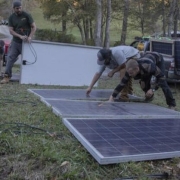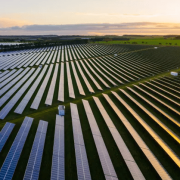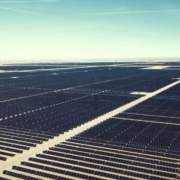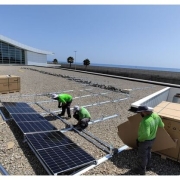At dusk, Piyulaga village starts to wake up. Families gather at the entrances of their huts, children play and cycle around, and Brazilian country music fills the air as lights flicker on in the small settlement in the Xingu Indigenous territory of Mato Grosso, Brazil. Some residents watch TV while others relax in hammocks with their phones, illuminated by spotlights in the communal area.
It would be trivial but for one detail: lights have only been available for a few weeks, thanks to the installation of new solar panels on each home.
In recent years, solar projects have multiplied in remote communities in several Amazonian countries, mainly with funding from civil society organisations, helping to democratise electricity in off-grid areas of Latin America.
Click here to read the full article
Source: The Guardian
—
If you have any questions or thoughts about the topic, feel free to contact us here or leave a comment below.










